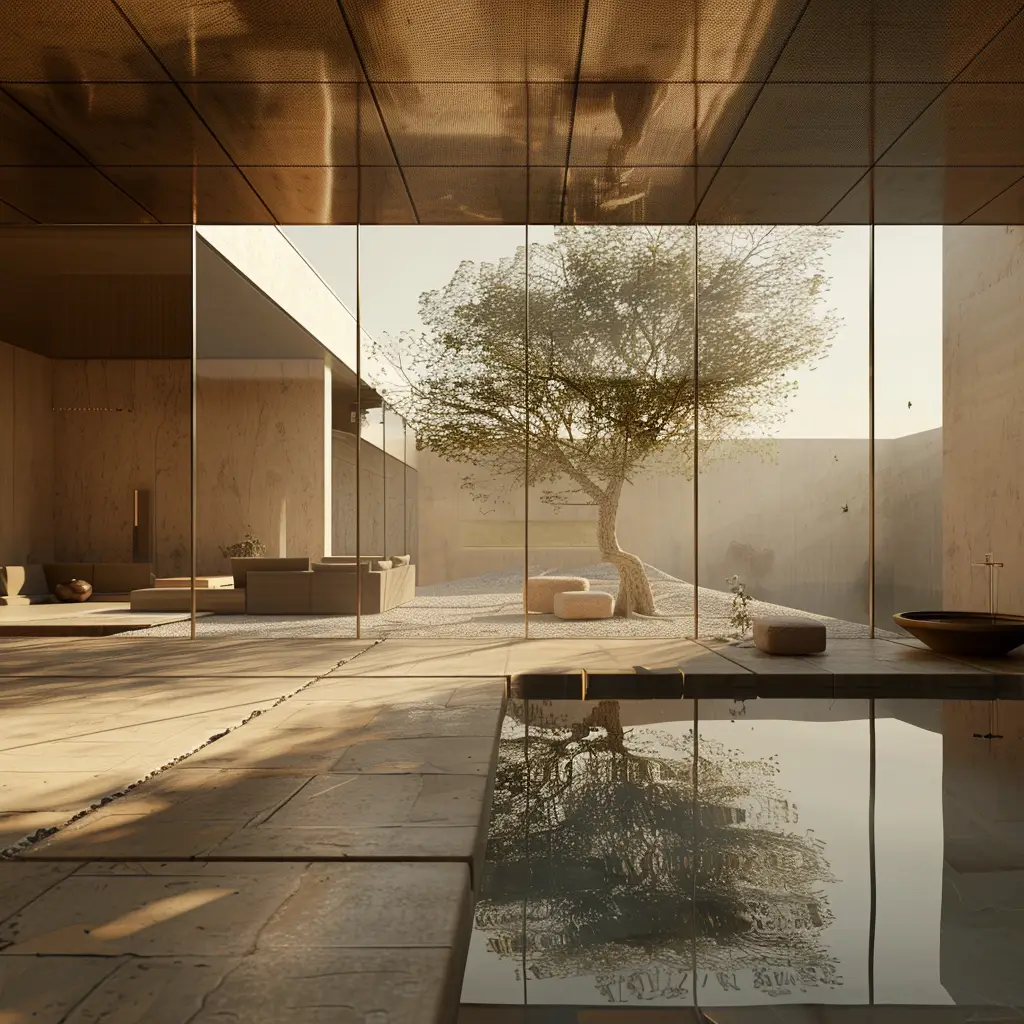When it comes to home improvement, exterior design often takes a backseat to interior makeovers. However, the exterior of your home is just as important, serving as the first impression visitors get and setting the tone for what lies within. A well-designed exterior can enhance curb appeal, increase property value, and provide an inviting space for outdoor living and entertaining. Whether you’re looking to spruce up your garden, revamp your façade, or create a cozy patio, here’s a comprehensive guide to exterior design.
Understanding Exterior Design
Exterior design encompasses all the elements that contribute to the outside appearance of your home and its surroundings. It involves a harmonious blend of architecture, landscaping, lighting, and outdoor amenities to create a cohesive and appealing look. Good exterior design not only enhances the aesthetic appeal but also improves functionality and sustainability.
Key Elements of Exterior Design
- Architecture: The architectural style of your home is the foundation of exterior design. Whether your home is modern, traditional, colonial, or rustic, your exterior design should complement and enhance its architectural character.
- Color Scheme: Choosing the right color palette is crucial. Neutral tones like beige, gray, and white are timeless and versatile, while bolder hues like navy, red, and green can add personality and charm. Consider the colors of your roof, trim, and accents to create a balanced look.
- Materials: The materials you choose for your home’s exterior play a significant role in its overall aesthetic and durability. Options include brick, stone, wood, vinyl, and stucco. Mixing materials can add texture and visual interest.
- Landscaping: A well-designed landscape can transform your yard into a beautiful and functional space. This includes plants, trees, lawns, flower beds, and hardscaping elements like pathways, retaining walls, and water features. Native plants are a sustainable choice, requiring less water and maintenance.
- Lighting: Outdoor lighting enhances the beauty and safety of your exterior spaces. Use a mix of ambient, task, and accent lighting to highlight architectural features, illuminate pathways, and create a warm and welcoming ambiance.
- Outdoor Living Spaces: Patios, decks, porches, and pergolas extend your living space outdoors, providing areas for relaxation and entertainment. Comfortable furniture, outdoor kitchens, fire pits, and water features can make these spaces inviting and functional.
Current Trends in Exterior Design
- Sustainable Landscaping: Eco-friendly design is a growing trend in exterior design. This includes using drought-tolerant plants, installing rain gardens, and creating wildlife-friendly habitats. Sustainable landscaping reduces water usage and promotes biodiversity.
- Indoor-Outdoor Living: Blurring the lines between indoor and outdoor spaces is increasingly popular. Large sliding doors, covered patios, and outdoor living rooms create a seamless transition and allow for year-round enjoyment.
- Modern Minimalism: Clean lines, simple forms, and neutral color palettes define modern minimalist exteriors. This style focuses on functionality and simplicity, often incorporating natural materials like wood and stone.
- Smart Home Integration: Technology is making its way outdoors with smart irrigation systems, automated lighting, and security cameras. These innovations add convenience, efficiency, and peace of mind.
- Vertical Gardens: Also known as green walls, vertical gardens are a stylish and space-saving way to incorporate greenery. They’re perfect for small yards or urban settings and can be used to grow herbs, flowers, or even vegetables.
Tips for DIY Exterior Design
- Start with a Plan: Sketch out your ideas and create a detailed plan. Consider factors like climate, soil conditions, and the amount of sunlight different areas receive.
- Prioritize Projects: Tackle one project at a time, starting with the most impactful areas. This prevents feeling overwhelmed and ensures that each project gets the attention it deserves.
- Budget Wisely: Set a realistic budget and stick to it. Look for cost-effective solutions and consider doing some of the work yourself to save money.
- Choose Quality Materials: Invest in high-quality materials that will stand the test of time. This is especially important for structural elements like decks and fences.
- Incorporate Personal Touches: Add elements that reflect your personality and lifestyle. Custom planters, unique lighting fixtures, and handcrafted furniture can make your outdoor space feel uniquely yours.
Conclusion
Exterior design is an essential aspect of home improvement that enhances curb appeal, functionality, and enjoyment of your property. By understanding the key elements and current trends, you can create an outdoor space that is beautiful, sustainable, and tailored to your needs. Whether you’re embarking on a full-scale renovation or making small updates, thoughtful exterior design can transform your home’s appearance and provide a welcoming sanctuary for you and your guests. So, step outside and start designing your dream exterior today!




